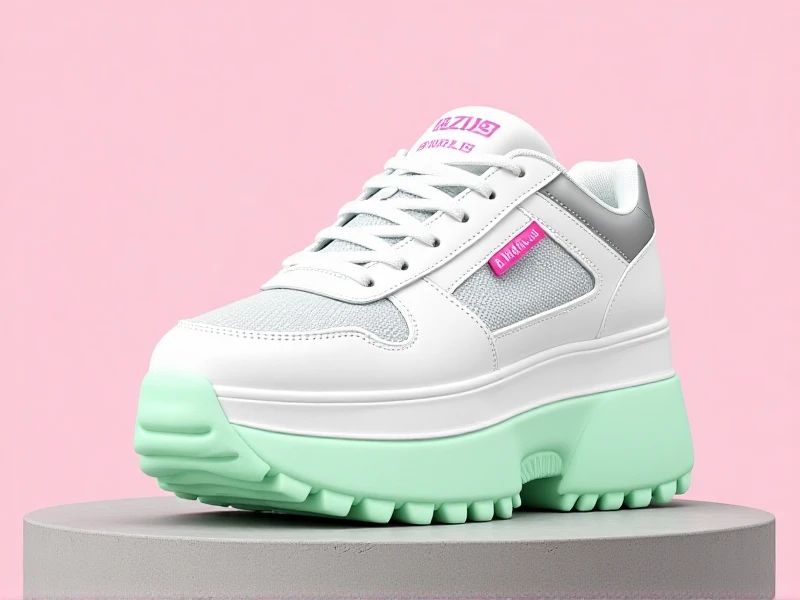The Ultimate Guide to Choosing Perfect Sports Shoes: Comfort & Performance

****
Finding the perfect pair of sports shoes is fundamental for any athlete or fitness enthusiast. Wearing the wrong footwear isn't just uncomfortable; it directly impacts your performance and significantly increases the risk of injuries like shin splints, plantar fasciitis, or stress fractures. Choosing the right sports shoes based on your specific activity and unique biomechanics ensures stability, support, and the cushioning needed to train effectively and safely.
The Science of the Right Fit: It's More Than Size
Forget just length. A truly great sports shoe must consider several factors:
- Your Activity: Running shoes prioritize heel-to-toe transition cushioning. Basketball shoes demand excellent ankle support and lateral stability. Cross-trainers offer versatility for gym circuits. Soccer cleats require specialized traction. Match the sports shoe technology to your sport's demands.
- Your Foot Type & Gait: Your natural foot arch (high, normal, low/flat) and how your foot rolls inwards (pronation) during movement are critical. Brands design specific sports shoes (neutral, stability, motion control). Analyzing your gait, often done at specialized running stores, helps pinpoint the necessary level of arch support and pronation control for optimal alignment and comfort.
- Comfort is King: No reputable study overrides this. The sports shoe must feel immediately comfortable and secure, with ample toe room (about a thumbnail's width). Pinching, rubbing heels, or significant pressure points are absolute deal-breakers, regardless of "recommended" tech features. Break-in periods shouldn't involve pain.
Beyond the Purchase: Caring for Your Investment
To maximize the lifespan and continuing support of your sports shoes:
- Rotate: Avoid wearing the same pair daily, allowing cushioning materials time to rebound.
- Know Their Limits: Performance sports shoes gradually lose cushioning and support. Replace running shoes every 300-500 miles and athletic trainers sooner based on intensity and visible wear, like compressed midsoles or worn tread – even if they still look okay superficially.
- Cleaning: Use mild soap and water. Avoid machine washing/drying which destroys adhesives and degrades cushioning. "Your shoes are one of your biggest weapons against injury," emphasizes Dr. Sarah Collins, lead researcher in Sports Biomechanics at the Institute of Athletic Medicine. "Investing time in finding the correct pair for your feet and sport, and replacing them promptly, is investing directly in your long-term athletic health."
Making an informed choice empowers you. Understanding your needs and how sports shoes function allows you to move efficiently, boost performance, and significantly reduce the chance of painful setbacks. Equip your foundation wisely – step confidently towards healthier training and better results.